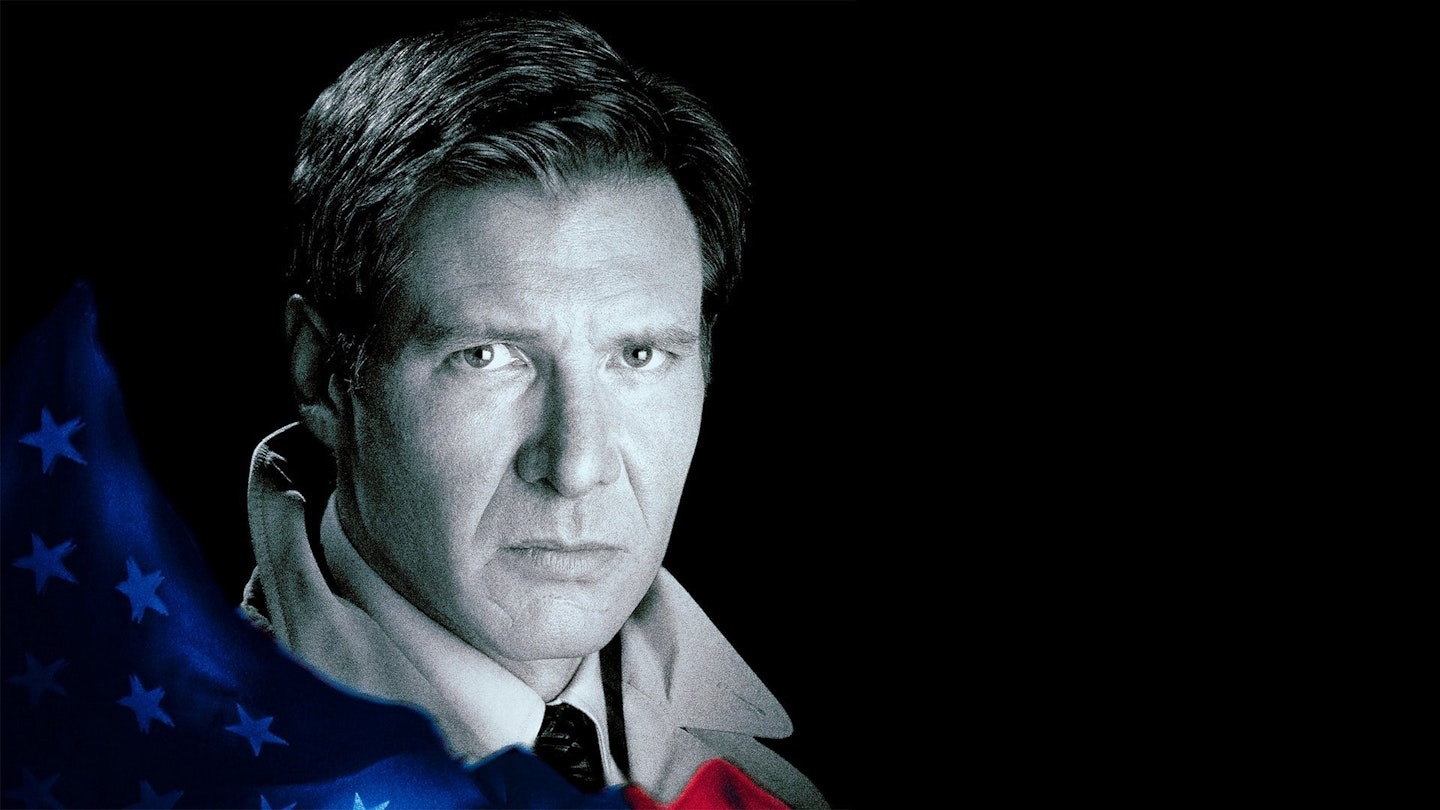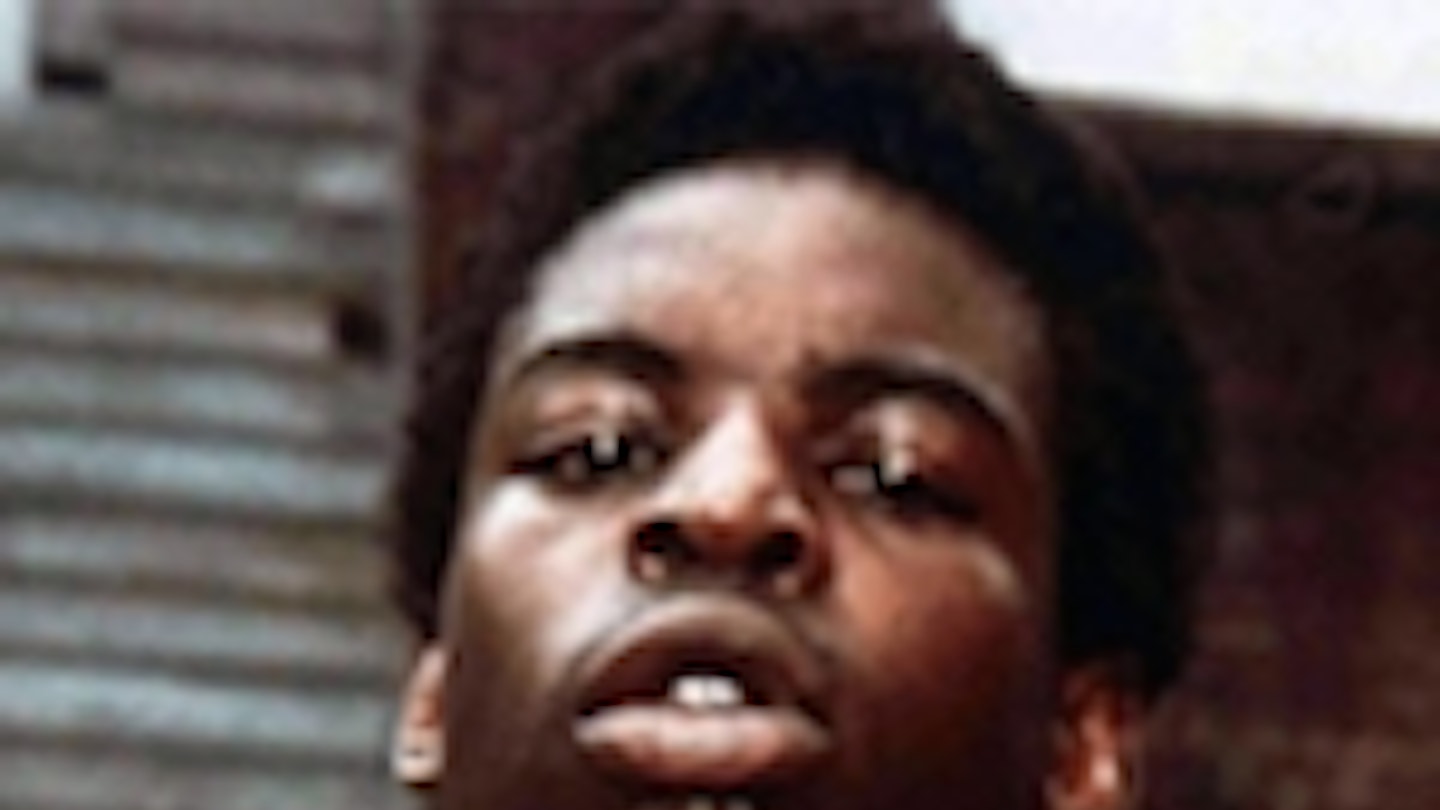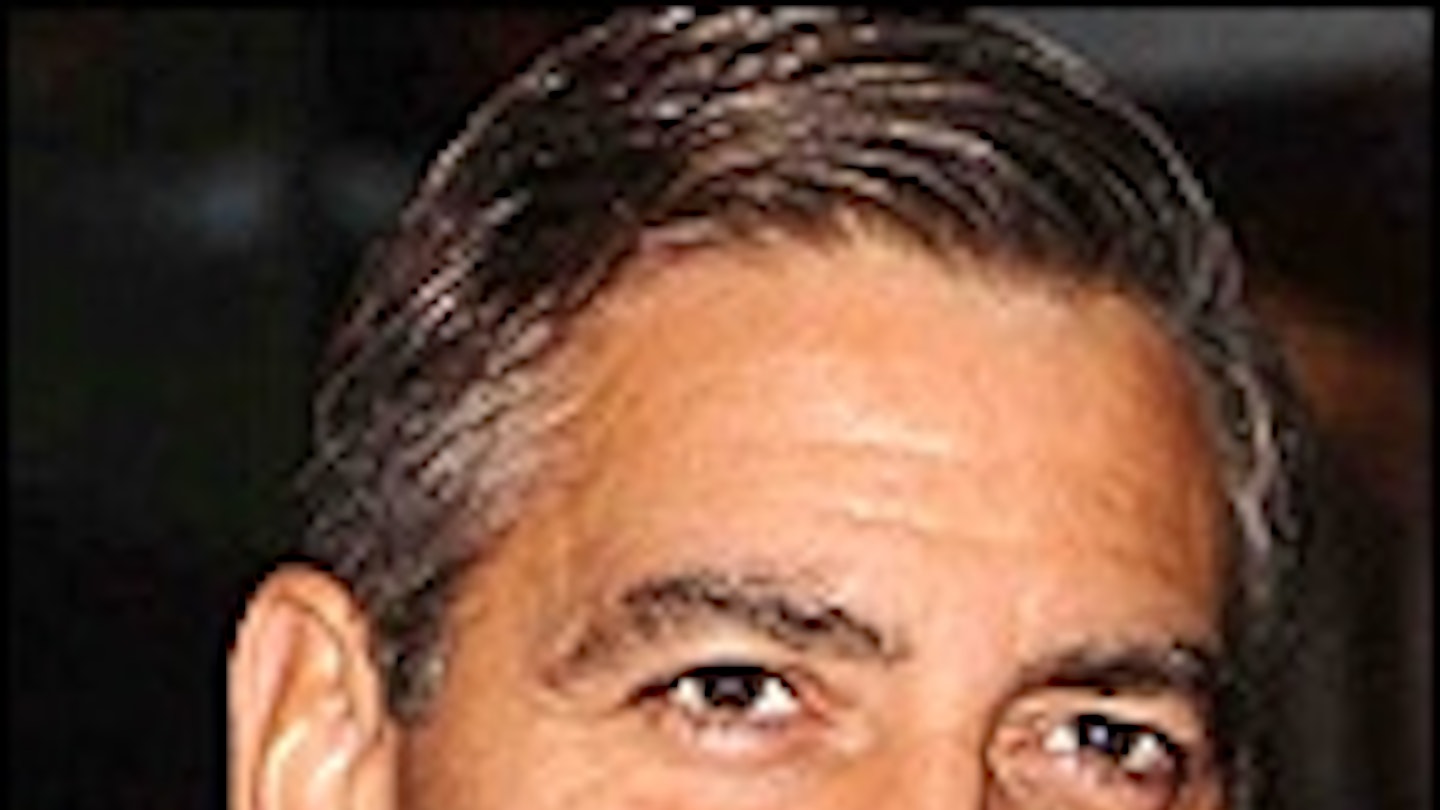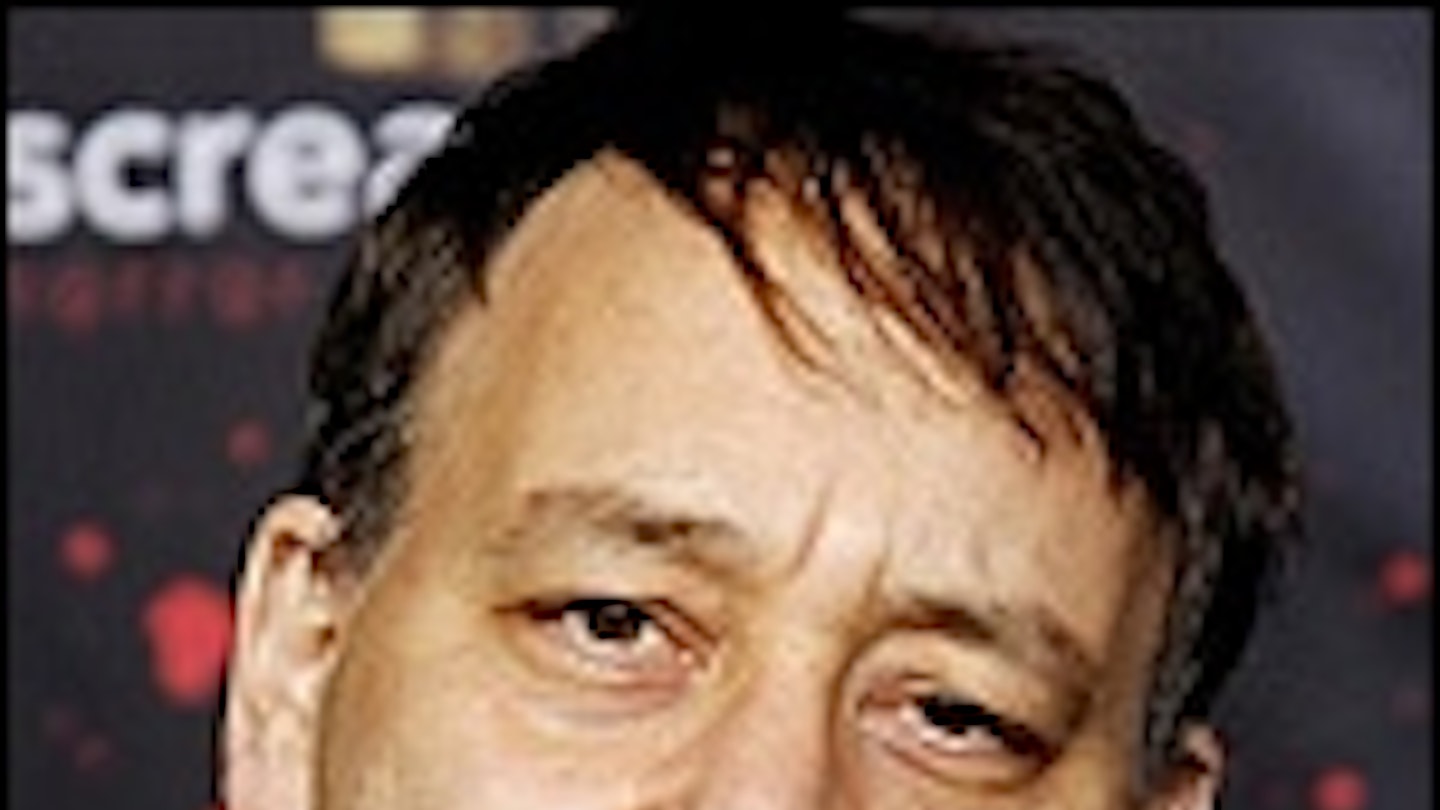The third outing for Tom Clancy's CIA hardman Jack Ryan, Clear And Present Danger has a much meatier centre than preceding cinematic Ryan adventures The Hunt For Red October (with Alec Baldwin playing Ryan) and Patriot Games (Harrison Ford stepping into the breach). Overcoming author Tom Clancy's reservations regarding Patriot Games not only did the curmudgeonly scribe object to Ford for being too old, he also dubbed Noyce "a B-movie director at best" Phillip Noyce's politically-tinged blockbuster manages to be complex yet surefooted.
Rejecting the simplistic linearity of Patriot Games, Clear And Present Danger interweaves two Jack Ryan yarns in one film: one sees Ryan investigate covert operations (known as Operation Reciprocity) to destroy drug cartels in Colombia, the other follows Ryan investigating the subsequent cover up in the Oval Office. Along the way, Ryan is crossed, double-crossed, sees friend and CIA Director Greer (Jones) pass away, is nearly blown to bits in ambush and joins forces with soldier Willem Dafoe to rescue the Operation Reciprocity troops who have been abandoned by a change in Goverment policy. (The title derives from the section of US law that prohibits the commitment of American military power except to situations where there exists "a clear and present danger to the national security of the United States.")
In adapting CAPD for the screen, some of Clancy's murky subterfuge has been simplified Clancy concludes with Ryan agreeing to a cover-up of the operation. Here, Ryan embarks on a rescue mission, distilling the film's intricate machinations to a punch-up but the dense, arguably over-talky screenplay by (among others) John Milius and Steven Zaillian makes surprisingly few concessions to popcorn munching bozos for a late summer blockbuster. Indeed the sensibilities of the latter two writers make for a good guide to the film's nature, a curious hybrid of intelligent
(particularly 70s) conspiracy thriller (Zaillian's influence) and gung- ho, let's-rescue-the-troops actioner (Milius' influence). Politically the film wants to have its cake and eat it as the flag-waving (Yanks quash Johnny drug baron) is buttressed with Watergate-style implications that the corruption in American society goes right to the top.
Throughout, the film's ideology is ambiguous the montage intercutting Greer's funeral with ambushing troops can be taken as either a condemnation of Greer's principles or an embodiment of his values but even that is to be lauded in a studio financed Harrison Ford vehicle. Both visually and thematically, the White House has rarely been painted in such a multitude of greys, unlike the high contrast look of Colombia with its more obvious sense of danger. If the most riveting moments of Patriot Games saw Ryan stand before a bank of monitors in a CIA observation theatre watching satellite images of a British SAS hit on the Irish terrorists, CAPD is equally enthralled by the notion of hi-tech hardware as a conduit for surveillance and action. Technological ambience seeps through the whole film the CIA Large Room included the StorageTek data storage unit, a robotic machine capable of storing information equivalent to 50,000 years of The Wall Street Journal but also in one fantastic nail-biting scene in which Ryan taps at a computer to prevent a Presidential minion deleting files on Operation Reciprocity.
However, the film contains superbly crafted sequences of the more regular kind of action. A Colombian Hacienda is destroyed by an American's smart bomb. But, best of all, is the ambush on Ryan's American convoy on the back streets of Bogota. Expertly crafted by Noyce, the grenade launcher-inspired melee is brilliantly orchestrated, totally believable and augmented by the powerful use of (Academy Award-nominated) sound effects to heighten the impact.
Yet the film's biggest boon is its action hero. Older, more subdued than Baldwin's hot shot, Ford's Ryan is the antithesis of James Bond: wholesome, clean-cut, a model of suburban virtues. In certain senses, he is a cross-section of characters Ford had played to date; the sensitive family man of Regarding Henry, the man-about-town of Working Girl, the soldier of fortune of Indiana Jones, the dogged lawyer of Presumed
Innocent all coalesce as Ford serves up his own brand of dignity and moral gravitas. As President Bennett (Moffat) berates Ryan for questioning the latter's judgement "How dare you come in here and lecture me!" shouts Bennett, "How dare you, Sir!" barks back Ryan it is difficult to think of another actor who could go toe-to-toe with a US President and get away with it. Marked by Ford's ability to make quizzical and harassed suggest gloomy introspection, examples of virtue and integrity under fire don't come much better than this.




